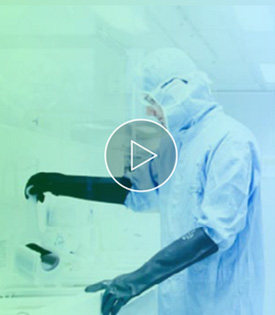Virginiamycin M1 (aus Streptomyces virginiae) ~95% (durch TLC), Sigma-Aldrich®
Lieferant: Merck
Synonyme:
Staphylomycin, Mikamycin A
M-Clarity™ Qualitätsstufe = MQ200
The antibiotic virginiamycin is produced by S. virginiae and is a member of the virginiamycin family.
Each member is produced as a mixture of two structurally different compounds that exhibit synergistic antibacterial activity. There are two groups: virginiamycin M1 (VM1) and virginiamycin S (VS). VM1 is a polyunsaturated macrocyclic petolide. VM1 and VS are both used to inhibit protein synthesis since they are bacteriostatic. When used in combination they are more effective. Virginiamycin is used as a performance promoter in animal husbandry. They are chemically modified to make therapeutic drugs such as quinupristin and dalfopristin.
Virginiamycin M1 inhibits bacterial protein synthesis at the level of aminoacyl-tRNA binding and peptide bond formation. It inactivates the 50S ribosome. S. virginiae inactivates VM1 by reducing its 16-carbonyl group, forming 16R-dihydroVM1. VM1 reductase participates solely in VM1 inactivation in vivo.
|
Formel:
C₂₈H₃₅N₃O₇ Molecular Weight: 525,6 g/mol Lagertemperatur: Kühlschrank |
CAS-Nummer:
21411-53-0 EINECS: 244-376-6 |
Spezifikation Testergebnisse
| C% anhydrous (Elemental analysis) | 63.00 - 64.50% |
| N% anhydrous (Elemental analysis) | 7.70 - 8.70% |
| Purity (TLC) | ≥93.00% |
Learn more

About VWR
Avantor is a vertically integrated, global supplier of discovery-to-delivery solutions for...